Salmon has a characteristic orange, pink or red color, thanks to the nutrients it absorbs: carotenoids. These powerful plant pigments have the power to color the meat.
When salmon is freshly caught, the flesh is bright red or pink. The process of storage, cooking and canning reduces the color saturation.
The degree of color depends mostly on whether the salmon is wild or farmed.
The characteristic color of the wild salmon is due to the food it eats, like the flamingo. Salmon caviar is also pink to reddish-orange.
Depending on its habitat, each type of salmon eats a different proportion of shrimp and krill - carotenoid-rich crustaceans, which determines the different degree of coloration.
After hatching, pink salmon go directly to sea, while red salmon spend more than a year in fresh water. Red salmon need a fresh water lake in which to grow.
The largest amounts of pink salmon in the world are found in Southeast Alaska, where the climate is mild, combined with abundant rainfall and the presence of thousands of short streams flowing directly to the sea.
Farmed salmon do not have access to this type of food and are naturally white or gray in color.
To feed the fish, farmers often use soybean and corn pellets in combination with fish meal made from smaller species such as mackerel.
In an effort to provide the best possible food closely matched to that of wild salmon and to meet consumer expectations, farmers add small amounts of astaxanthin (a carotenoid similar to carotene) to salmon feed, which improves the quality of the fish and results in the characteristic pink color of the fillets.
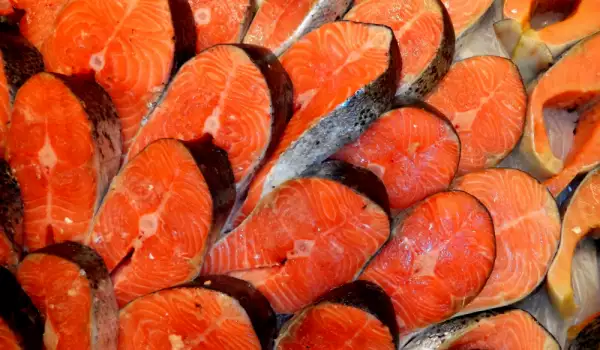

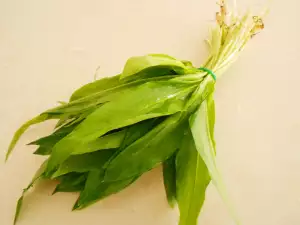

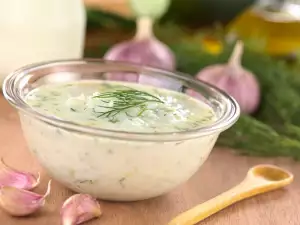

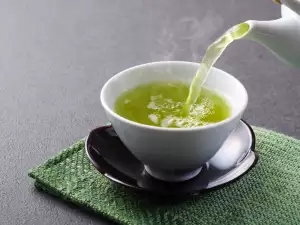


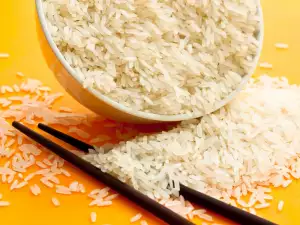




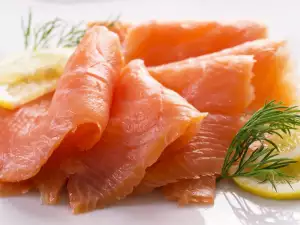




Comments